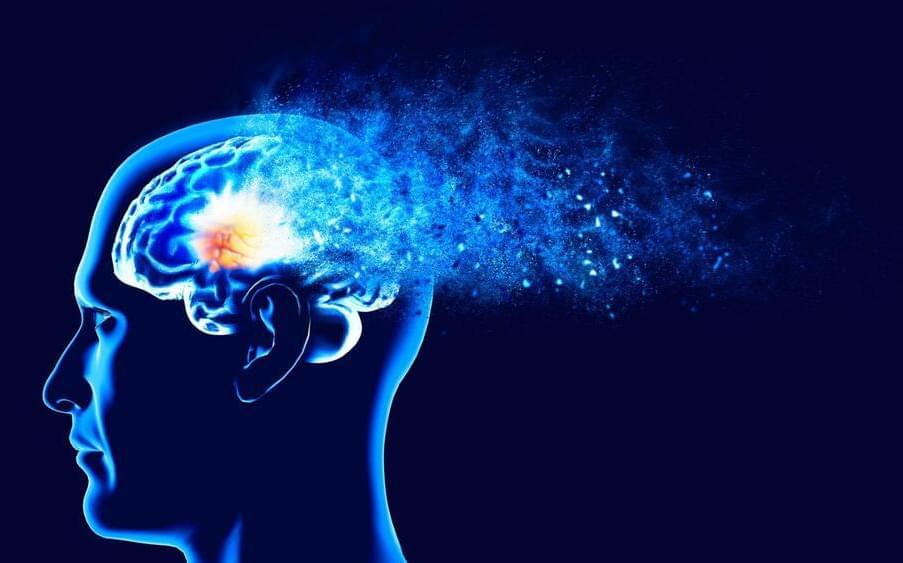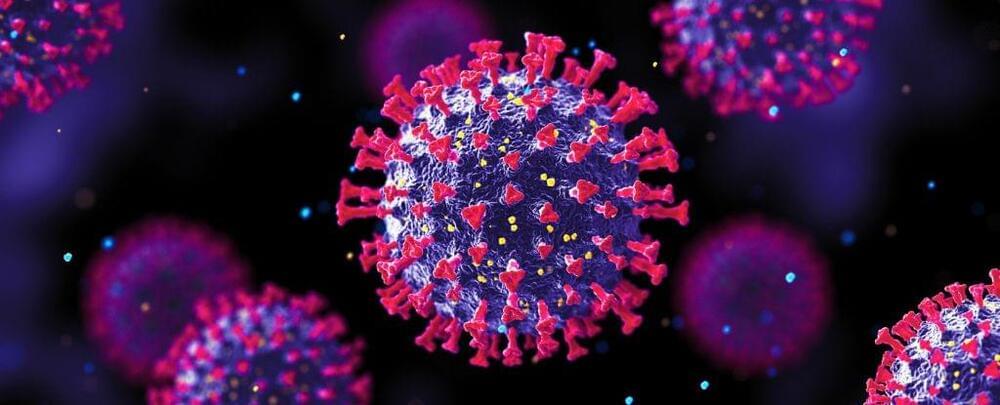Galactic shock is changing Stephan’s Quintet in enigmatic ways, according to ALMA and JWST.
New observations made with the James Webb Space Telescope (JWST) and the Atacama Large Millimeter/submillimeter Array (ALMA) allowed researchers to see the complex interactions within the multi-galaxy collision event known as Stephan’s Quintet.
Stephan’s Quintet is a group of five galaxies-NGC 7,317, NGC 7318a, NGC 7318b, NGC 7,319, and NGC 7,320, located about 270 million light-years from Earth in the constellation Pegasus.








